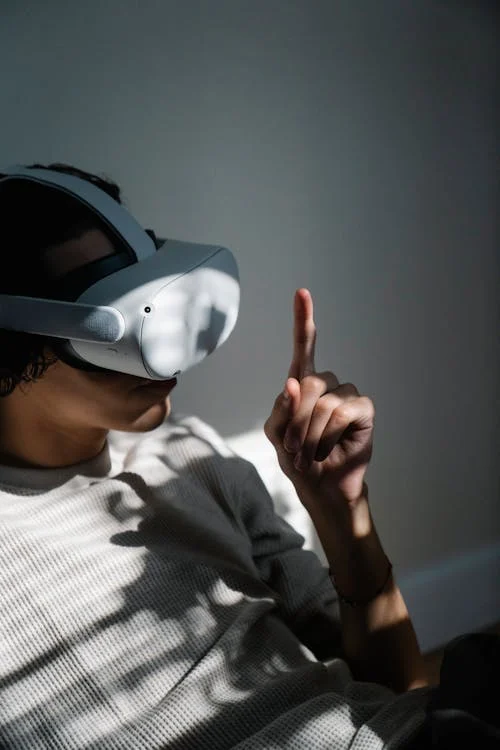In the digital age, the boundaries between reality and virtuality are becoming increasingly blurred. One area where this fusion is particularly exciting is in the realm of art. The concept of the metaverse—a collective virtual shared space, created by the convergence of virtually enhanced physical reality and physically persistent virtual reality—has opened up new possibilities for experiencing and creating art like never before. Let’s delve into the world of virtual art experiences in the metaverse, exploring its significance, potential, and FAQs.

Exploring Virtual Art Galleries
In the metaverse, virtual art galleries offer an immersive experience akin to visiting physical galleries. Through virtual reality (VR) technology, users can navigate these spaces, interacting with artworks in a way that feels remarkably lifelike. From classic masterpieces to contemporary creations, the virtual art world is vast and diverse.
Interactive Art Installations
One of the most captivating aspects of virtual art experiences is the ability to interact with installations in ways that go beyond the constraints of physicality. Users can manipulate elements of the artwork, change perspectives, and even contribute to its evolution in real time, fostering a sense of participation and co-creation.
Collaborative Art Projects
The metaverse facilitates collaboration on a global scale, allowing artists and enthusiasts from different corners of the world to come together and work on projects collaboratively. Whether it’s a virtual sculpture garden or a multimedia art installation, the possibilities for collective creativity are endless.
Digital Art Marketplaces
With the rise of blockchain technology, digital art marketplaces have emerged within the metaverse, providing a platform for buying, selling, and trading digital artworks as non-fungible tokens (NFTs). This has revolutionized the way we perceive and value digital art, opening up new avenues for artists to monetize their work and for collectors to acquire rare and unique pieces.
Education and Outreach
Virtual art experiences in the metaverse have the potential to democratize access to art education and appreciation. Through virtual workshops, guided tours, and interactive tutorials, individuals of all ages and backgrounds can engage with art in meaningful ways, fostering a deeper understanding and appreciation for artistic expression.
Conclusion
The emergence of virtual art experiences in the metaverse represents a paradigm shift in the way we create, consume, and interact with art. By harnessing the power of technology, we are able to transcend the limitations of physical space and explore new frontiers of creativity and expression. As the metaverse continues to evolve, so too will our understanding of what is possible in the realm of virtual art.
FAQs
1. What equipment do I need to access virtual art experiences in the metaverse?
To access virtual art experiences, you’ll typically need a VR headset or a capable computer or mobile device with internet access. Some experiences may require specific software or applications, so be sure to check the requirements before diving in.
2. Are virtual art experiences in the metaverse accessible to everyone?
While virtual art experiences have the potential to be more accessible than traditional art venues, there are still barriers to consider, such as the cost of equipment and internet access, as well as potential issues with accessibility for individuals with disabilities. Efforts are being made to address these challenges and make virtual art experiences more inclusive.
3. How do artists benefit from participating in virtual art experiences?
Participating in virtual art experiences can provide artists with exposure to new audiences, opportunities for collaboration and experimentation, and the ability to monetize their work through digital marketplaces and NFTs. It also allows artists to explore new mediums and techniques that may not be possible in the physical world.
4. Are virtual art experiences in the metaverse a threat to traditional art forms?
Virtual art experiences are not a replacement for traditional art forms but rather a complement to them. While they offer unique opportunities for creativity and expression, they cannot replicate the tactile experience of viewing art in person. Instead, they offer new ways for artists and audiences to engage with art in a digital age.
5. How can I get started with virtual art experiences in the metaverse?
To get started with virtual art experiences, explore platforms and communities dedicated to digital art and virtual reality. Attend virtual exhibitions, join online workshops, and connect with artists and enthusiasts to immerse yourself in the world of virtual art. Remember to keep an open mind and embrace the possibilities of this exciting new frontier.